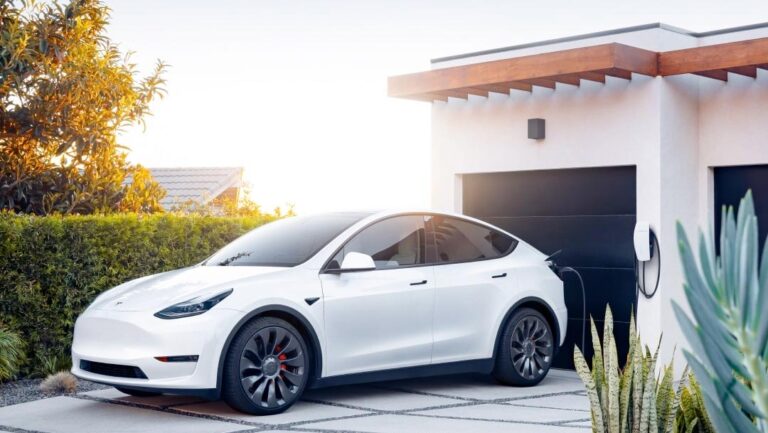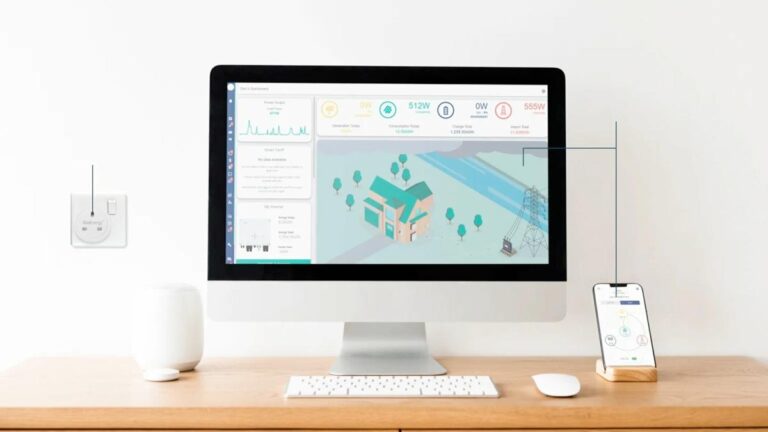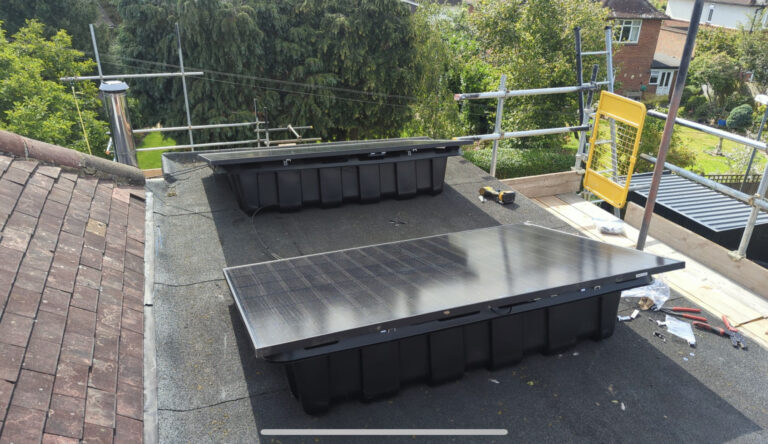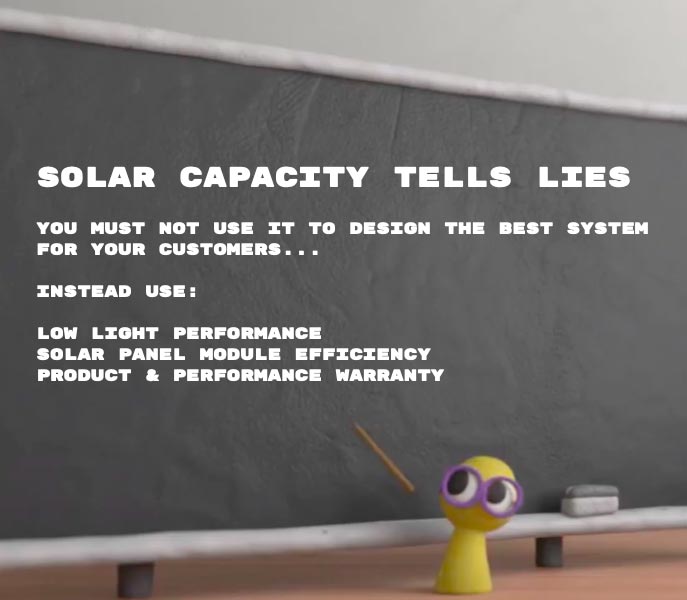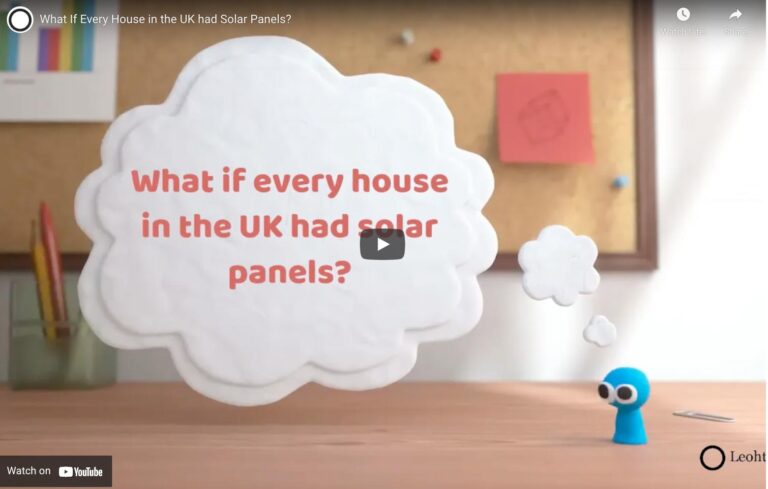Are flat roofs suitable for solar panels? When would you consider a flat roof solar panel system?
Flat roof solar panels are used to maximise solar generation from a dormer, flat roof extension or garage roof. Flat roof solar panels can be mounted in a free standing tub or metal framework (pictured aboved).
Flat roofs can be perfect for solar panels – the solar array is usually hidden from veiw at street level, there is often minimal shading and the optimum pitch can be used, invisibly powering your home from space that would otherwise be wasted.
Often a flat roof solar panel installation can be better than a pitched roof.
What is the best pitch for a flat roof solar panel system?
This applies to all solar panel systems, not just flat roof solar systems.
The optimum pitch when facing due South is 30 degrees (for the UK).
Now we need to answer the question – what’s the optimum pitch for a North facing array? The answer is 0 degrees. A flat pitch is equally facing South, West, East and North facing.
Therefore we can say that – the optimum pitch is 30 degrees when facing due South in the UK and the optimum angle for solar panels reduces from 30 degrees to 0 degrees the closer it gets to North.
A good rule of thumb is that 30 degrees is best for a South facing flat roof solar panel system and 0 degrees for anything more Northernly than East or West.
30 – 10 degrees is the best pitch for a flat roof solar system. A 0 pitch would mean the panels do not clean themselves in the rain, negating any benefit.
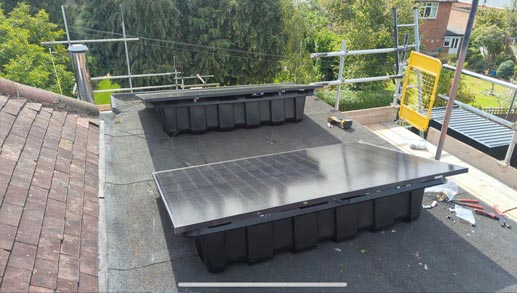
A Flat Roof Solar Panel System using Renusol Console+ tubs.
Application: When single file installation is required and less space available.
Pitch: 30 degrees
Negative: High ballast requirement
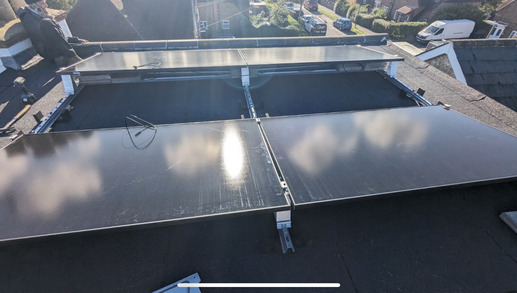
4 panel flat roof system using VanDerValk flat roof mounting* Perfect for dormer extensions.
Low ballast requirement
Pitch: 10 degrees
Negative: Landscape only
Advantages of a Flat Roof Solar Panel System
- Often hidden from view, making use of space that would otherwise be forgotten.
- Many do not require additional planning permission.
- You are not limited to a certain model of solar panel.
- Make use of more space. Flat roofs are usually easily accessible.
- Pitch flexibility. With a pitched roof you do not have a choice. A flat roof solar system can vary from 30-10 degrees depending on the mounting chosen.
Disadvantages of a Flat Roof Solar Panel System
- Limited to landscape layout
- Can require planning permission if extending 200mm above the ridge/edge of the roof.
- Where a lot of ballast is required a structural survey is needed to assess the ability of the roof to support the additional wieght.
- More space required per panel. So panels do not shade each other. A flat roof system has to be spaced correctly.


